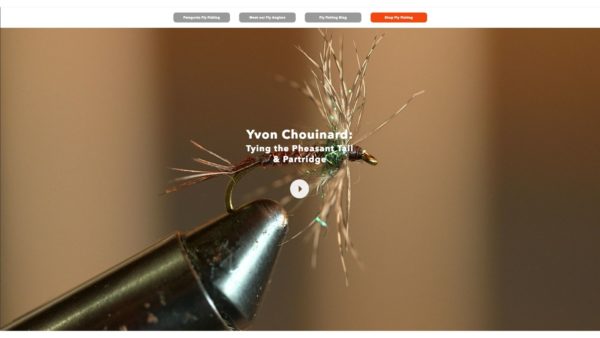How to Transform Your Website With Your Personas and Goals In Mind
Here at Sage Lion Media, we specialize in transforming our client’s websites to optimize their buyers journeys and encourage a seamless experience for their customers. Whether you are a non-profit news site, like our client The Wildlife Society, or an e-commerce brand, like our client Wilderton, we have the tools to transform your website and take it to the next level.
The Wildlife Society is a non-profit organization that supports wildlife professionals and students in their journey towards improving the future of wildlife, conservation, and the environment. When they approached us for a website update, their primary goal was to promote their memberships and annual conference. However, their existing website was cluttered with outdated information and difficult to navigate due to the sheer number of web pages. Despite the large scale of the project, we have a proven process that works for any website.
Our process consists of 5 key objectives:
1) Establish buyer personas
We always begin our content transformation process by defining the personas and pain points of our clients’ customers. Buyer personas are a way to understand who your ideal customers are and how to market to them by analyzing psychographic and demographic data. Through building a buyer persona, you will better understand the customer’s pain points (or the problem your customer has that your product or service can solve) and what triggers them to purchase or sign up for your service.
It is typical to make more than one persona since there is never just one standard customer you are trying to target. Having personas made before writing the new website content allows us to better understand who we are speaking to and how we want to speak to them.
2) Define the brand tone
Next, we use the buyer personas as a guide to defining the brand tone. In this step we aim to understand the do’s and don’ts of how we want to speak to and market to each persona at each stage of the buyer’s journey. The content, tone, and goals will differ significantly at the awareness stage compared to the consideration or decision stage. Understanding this journey will help organically guide your customers through the website and ensure you have content that speaks to each part of their journey.
3) Map out the customer journey
Once we understand the personas and how we are speaking to them, we then create a map outlining how we move each persona through the website through each step of the buyer’s journey. Establishing goals, calls-to-action (CTAs), and landing pages is critical at this stage. To do this, we look at each stage of the buyer’s journey and move each persona through the website to reach a goal.

4) Perform an audit
Content transformation doesn’t always mean you have to start from scratch. Auditing the content on the current website before you start the process of writing new content is extremely valuable. Through the audit, we can identify pieces of content that can be repurposed, updated, or deleted. Here we also identify gaps in the content and propose new landing pages that need to be created based on the previous step. Having an audit will create an organized outline of what needs to be done for the new website.
5) Fill in the gaps
Lastly, we create the missing content. After you have audited the website, we will clearly understand where the gaps are.. In this step we establish a site-map, clearly define the roles of the team, and begin writing content with the personas, brand tone, and customer journey clearly defined and in mind.

Is your website in need of a content transformation? Contact us today for a consultation and take one step closer to your new website.


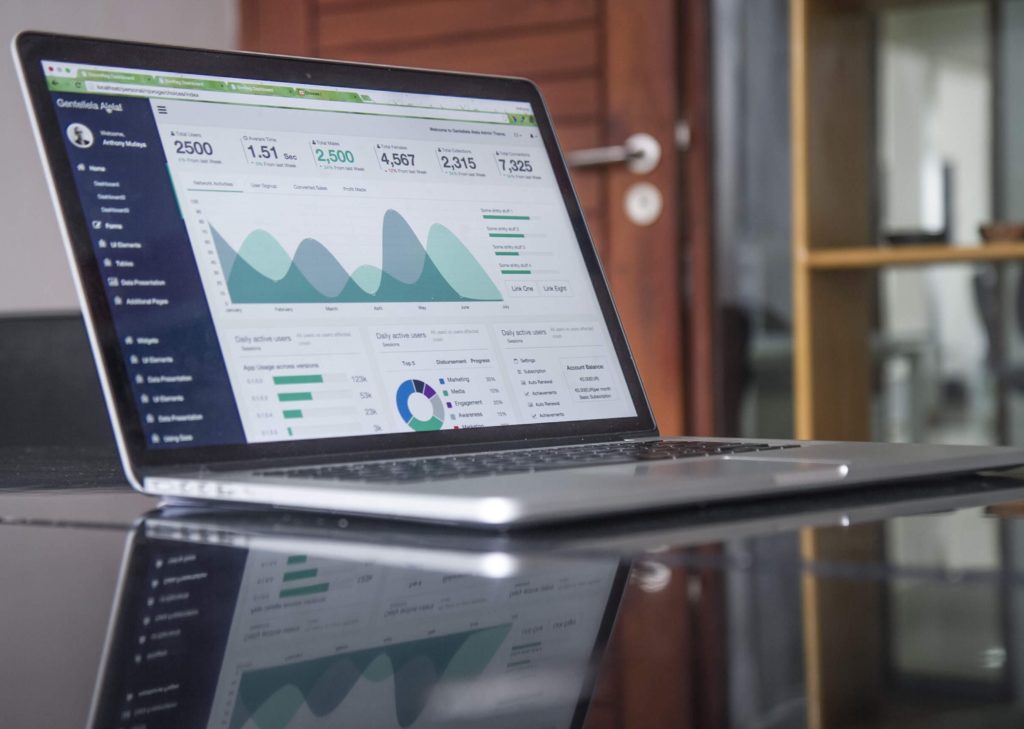


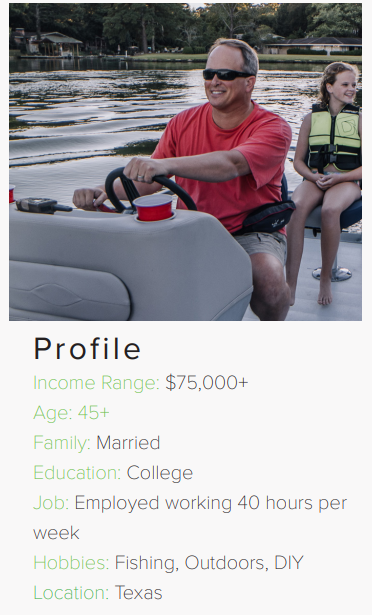
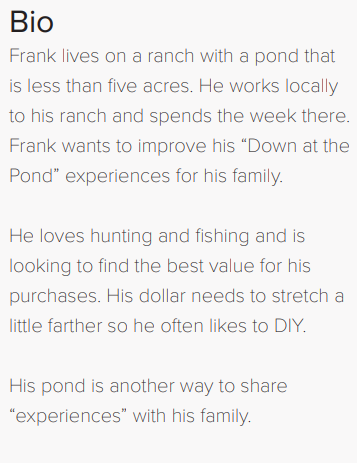

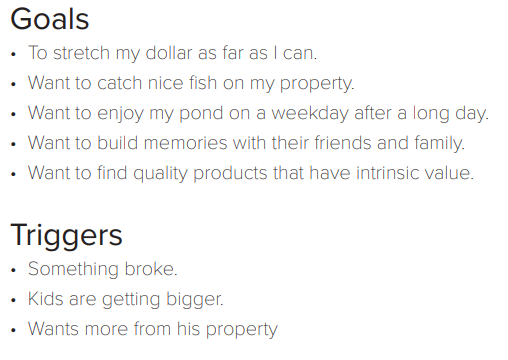
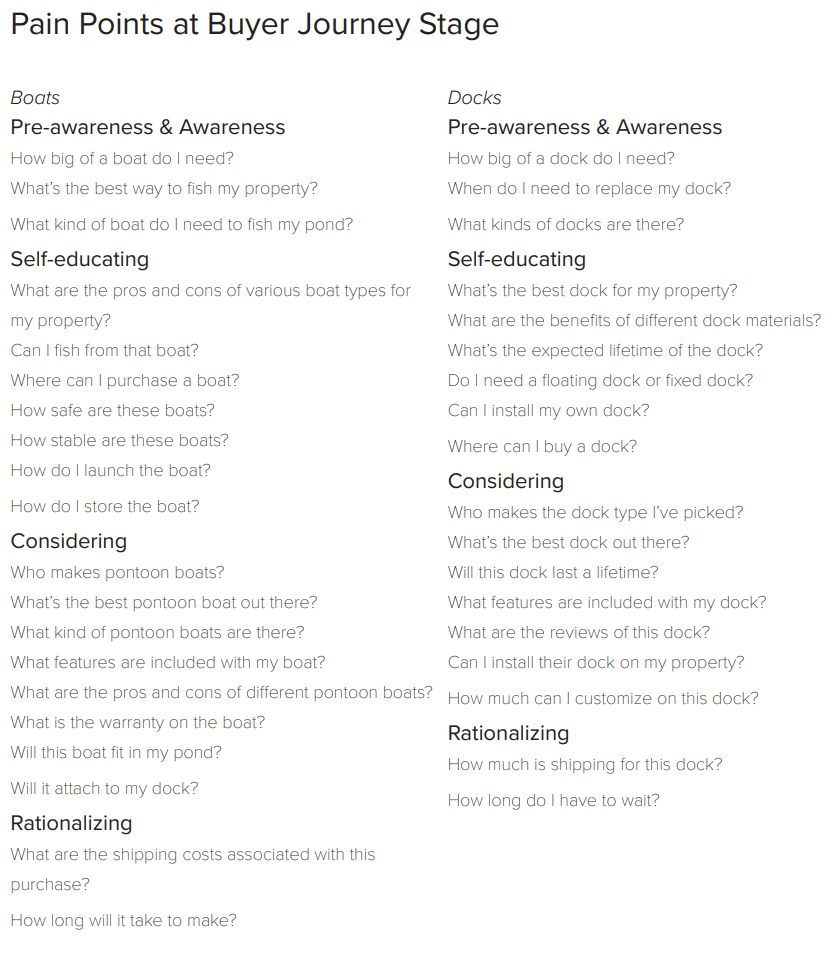
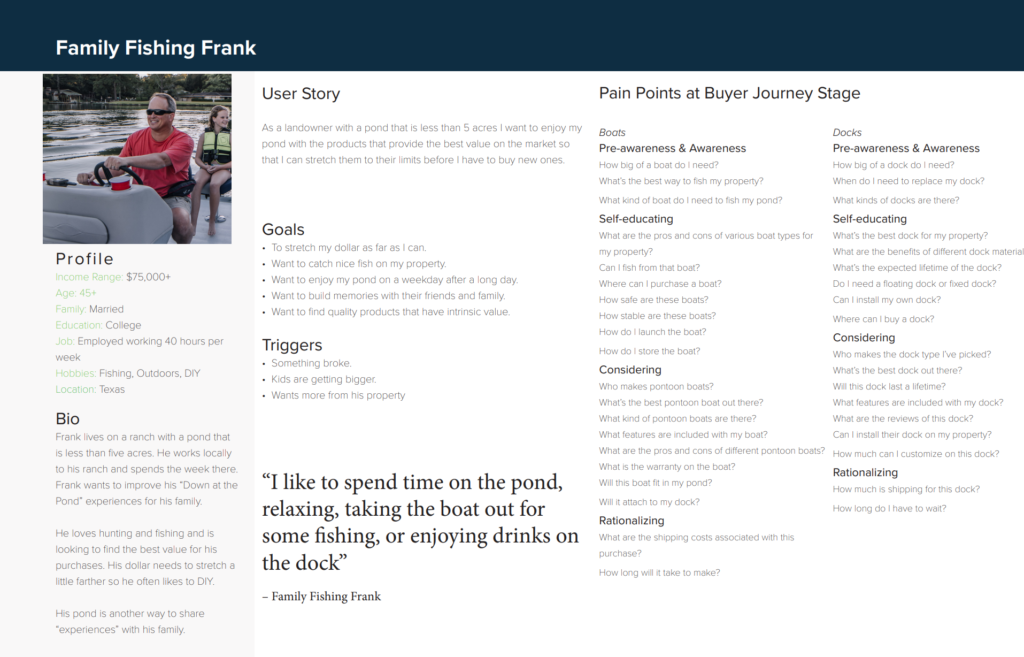
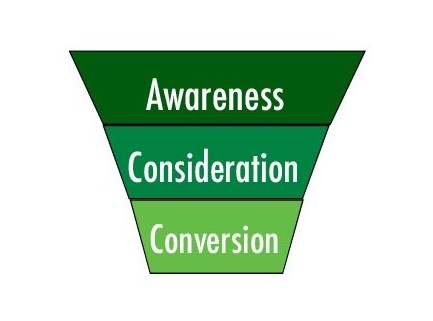

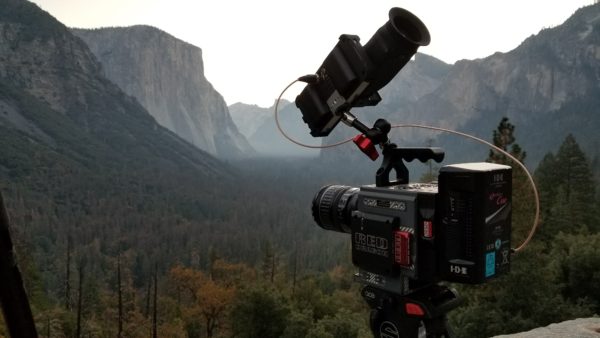

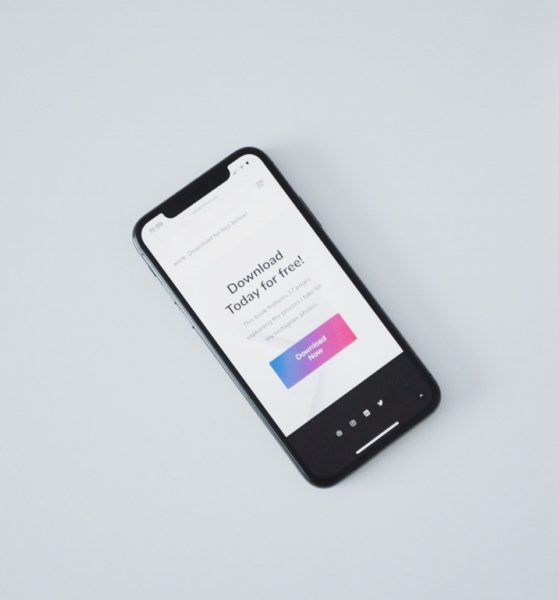
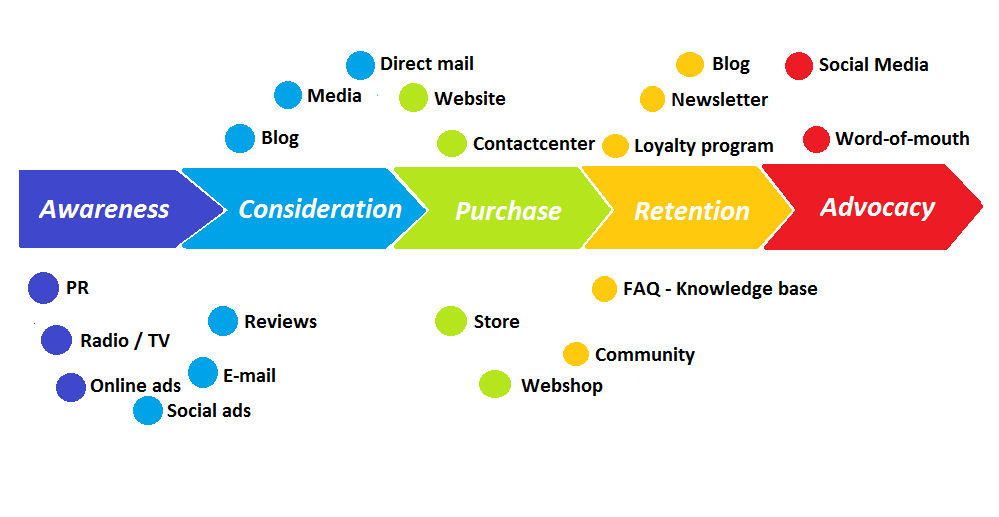



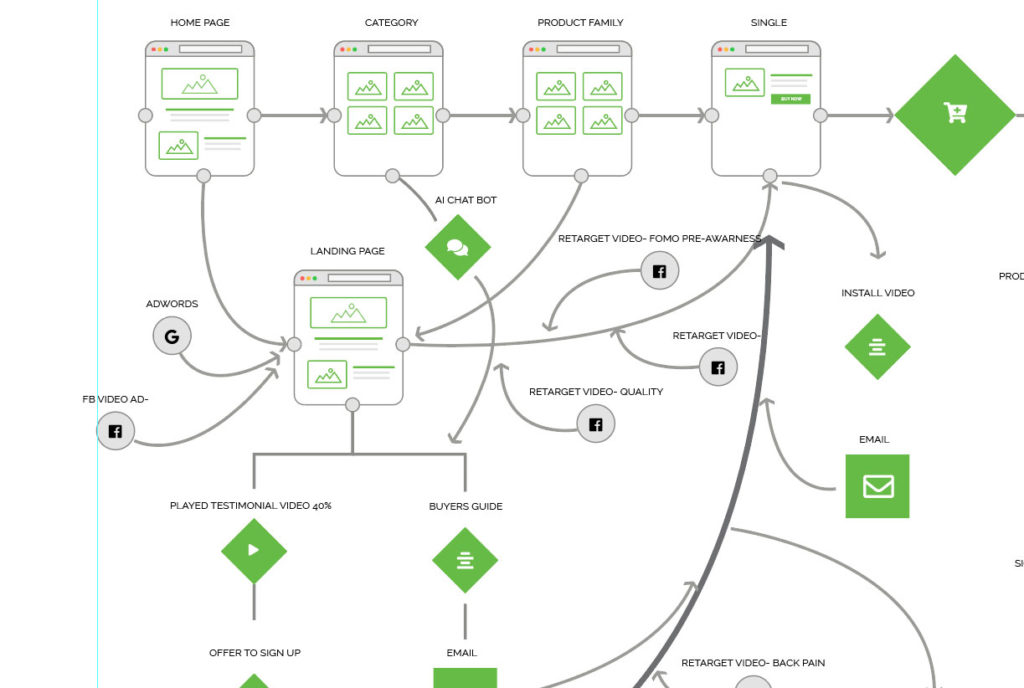

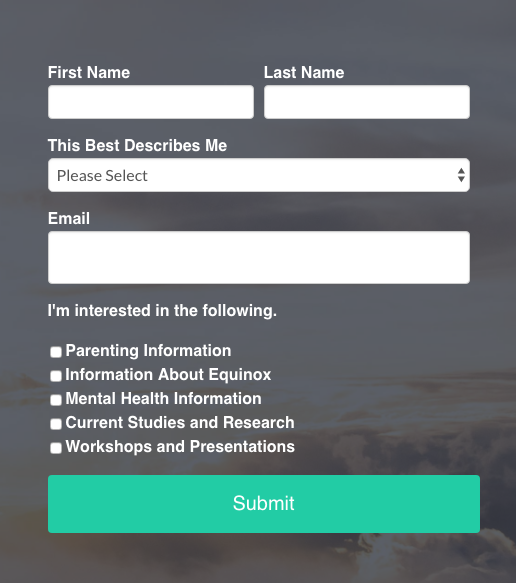
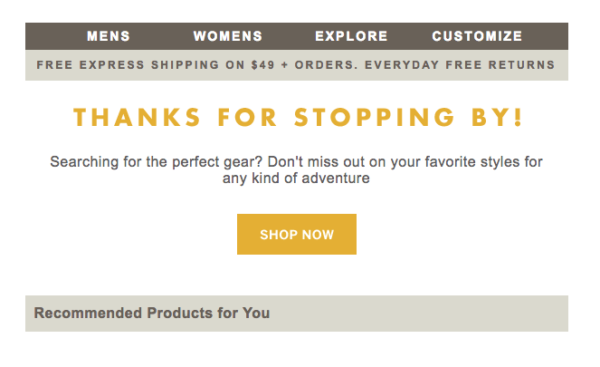





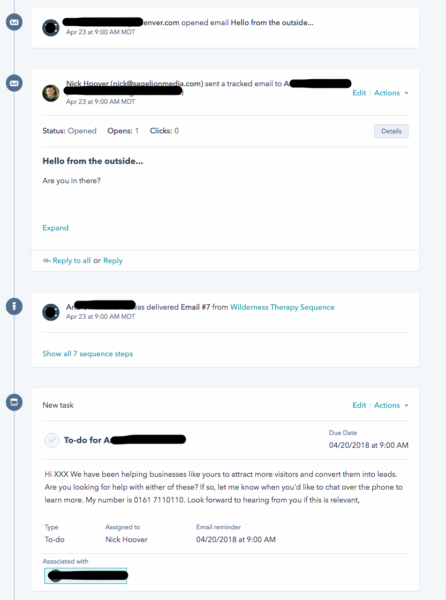
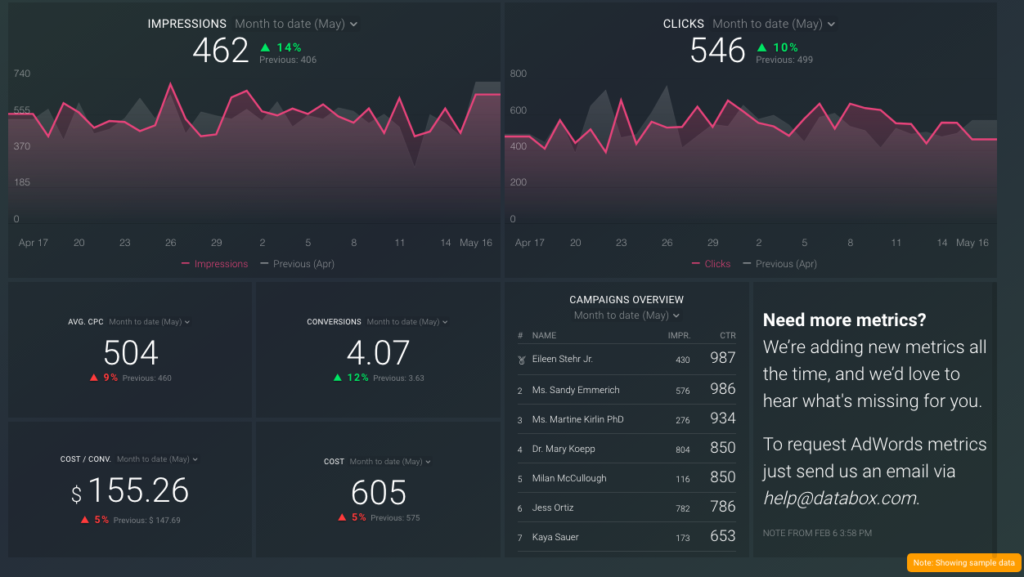
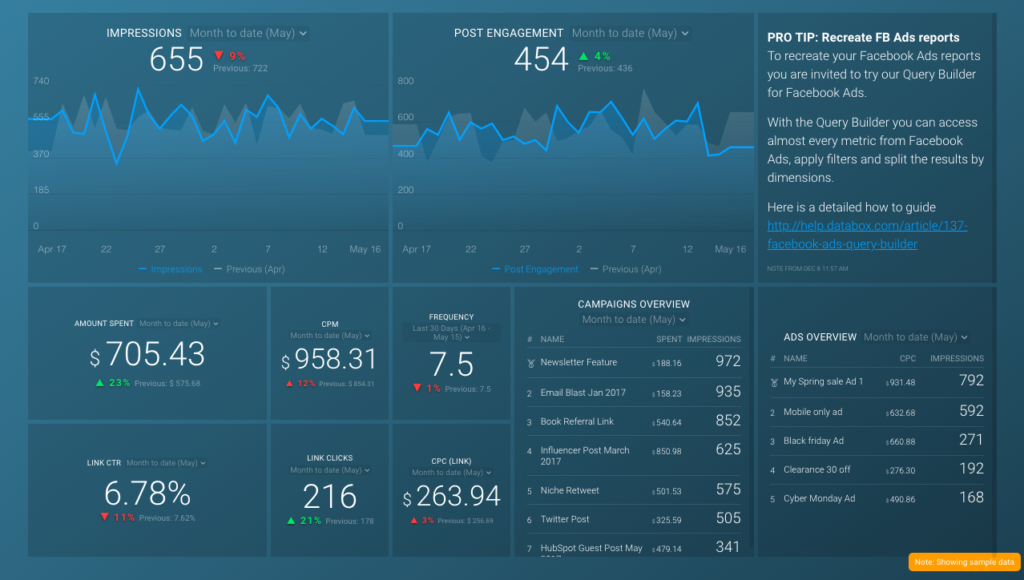
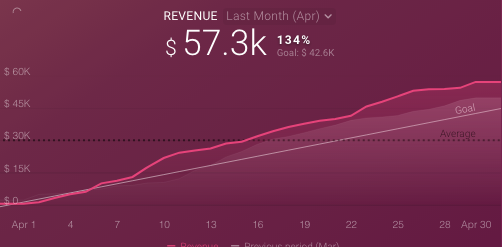
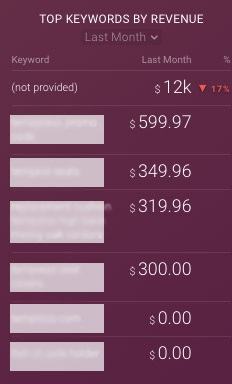
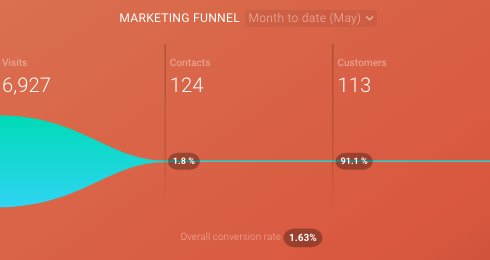
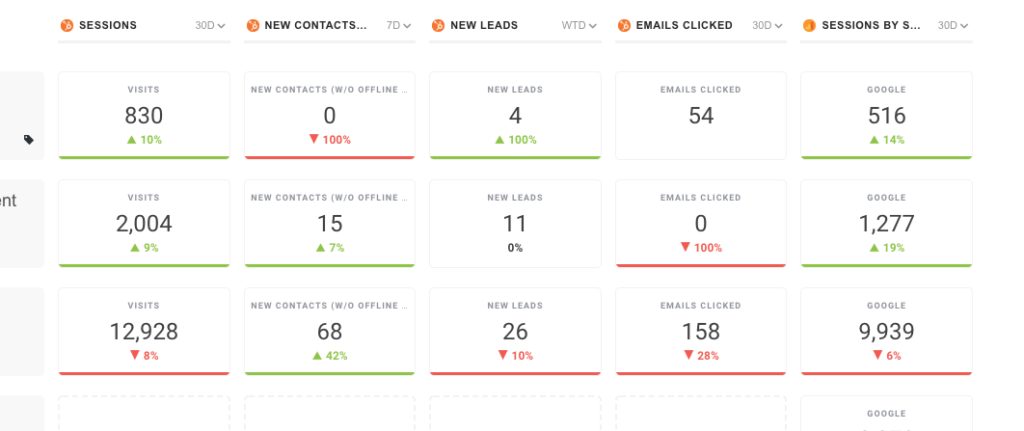

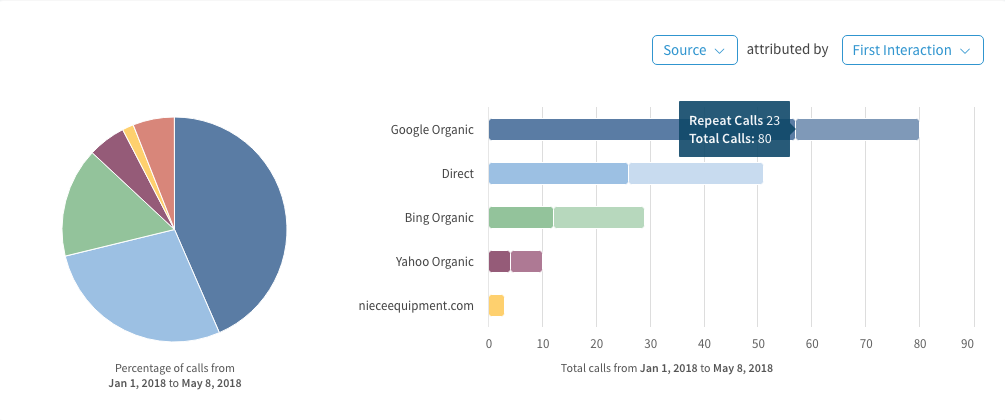
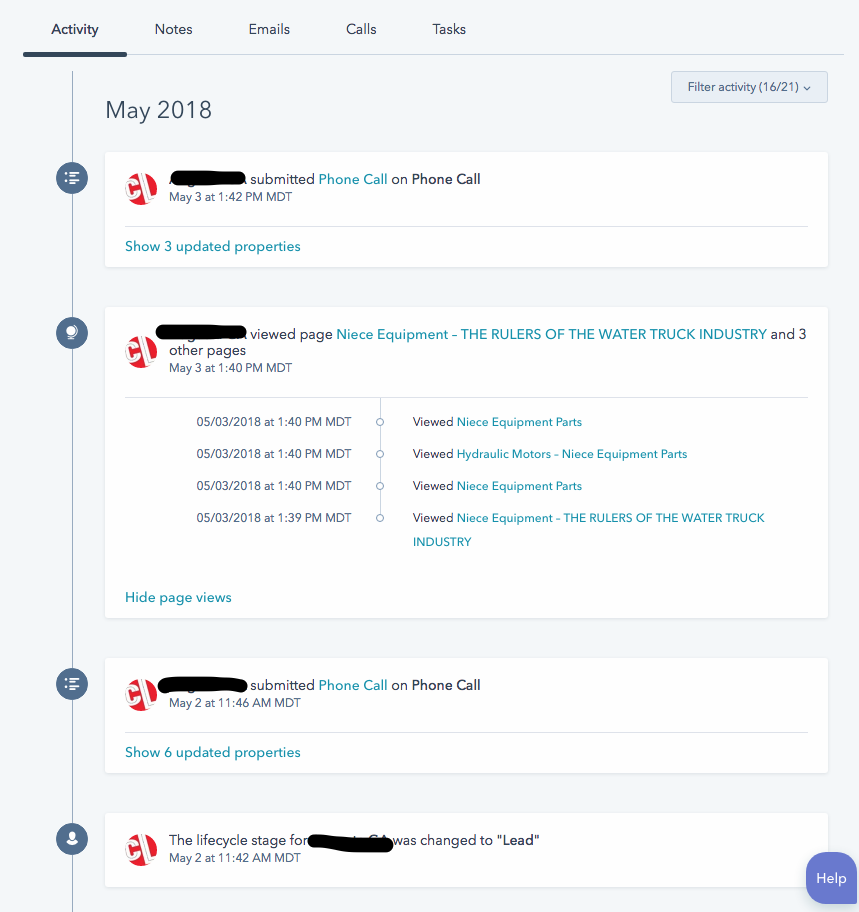



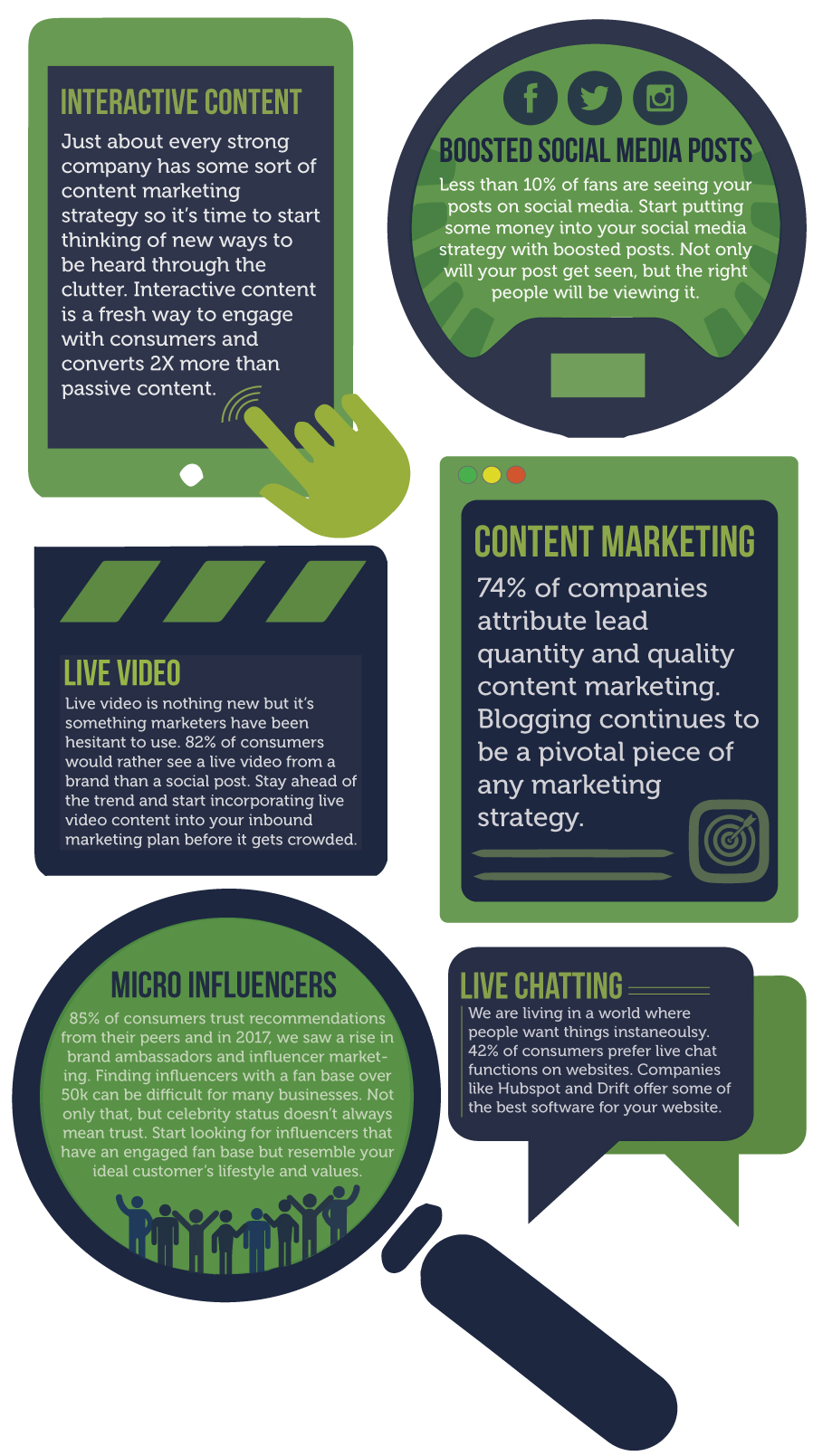

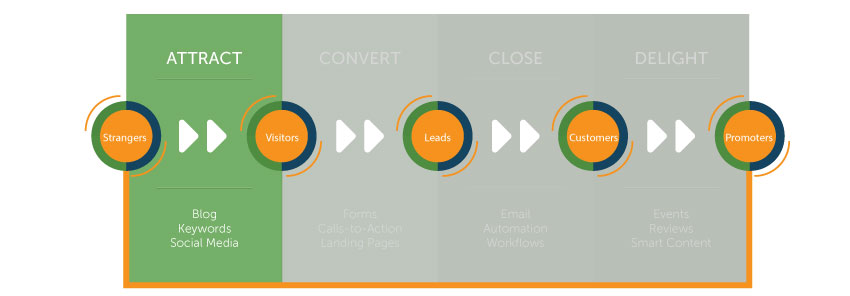
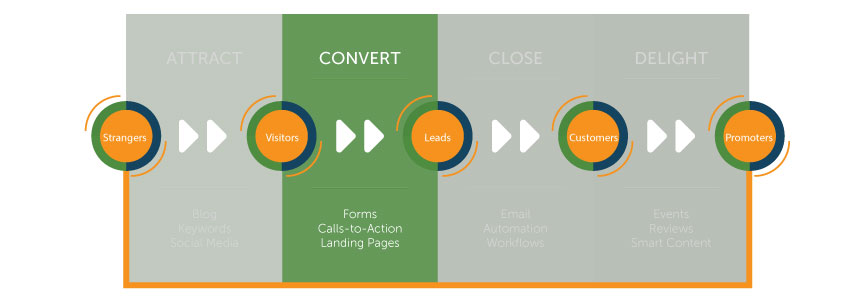
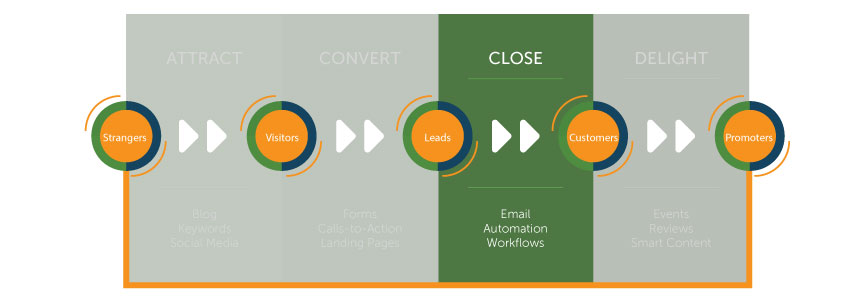
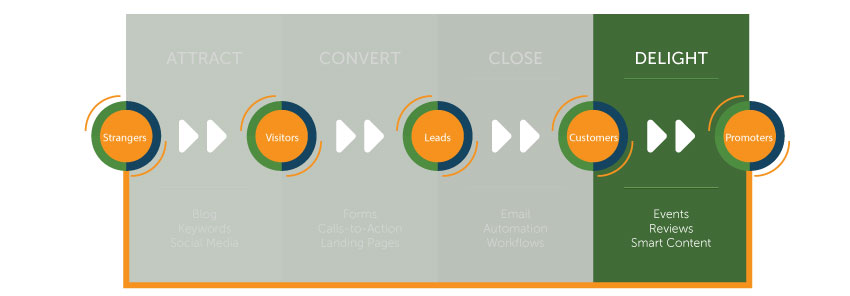


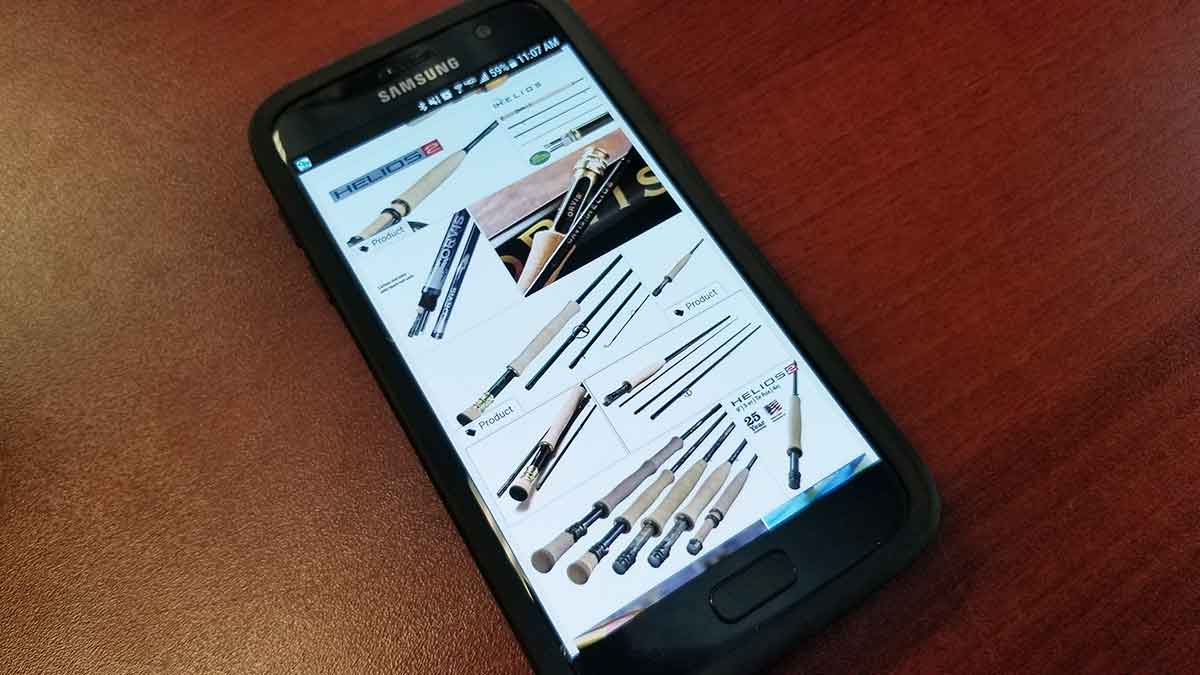
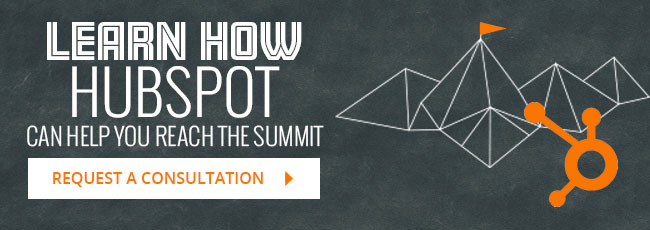
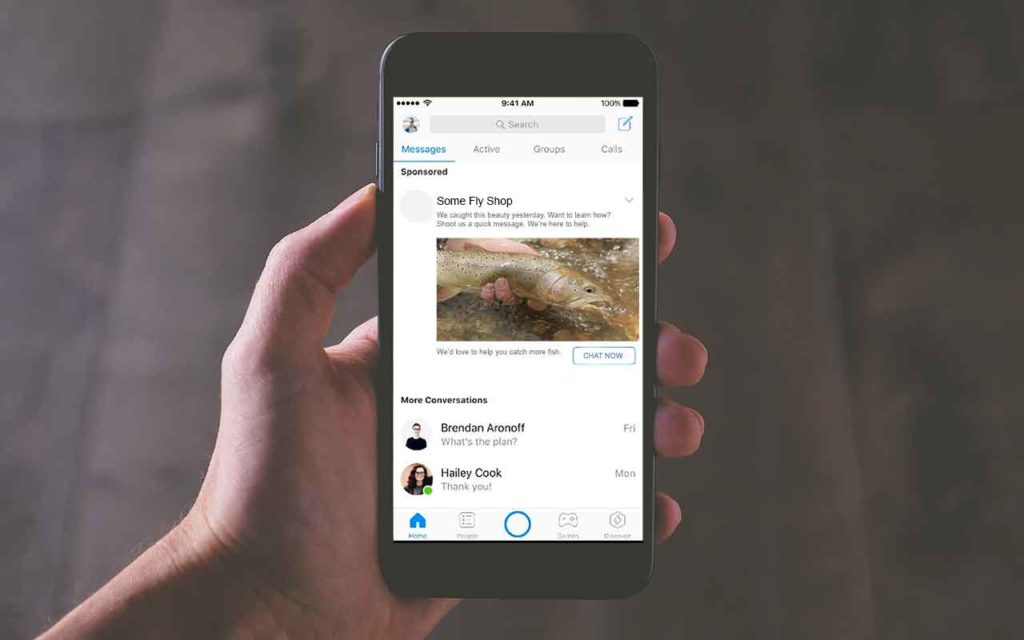
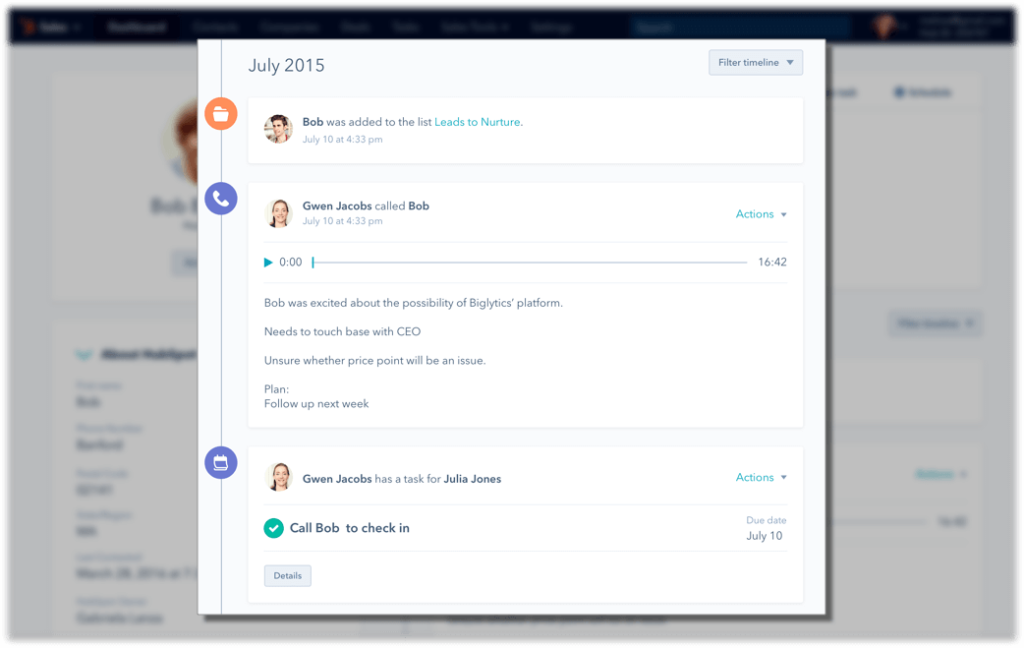
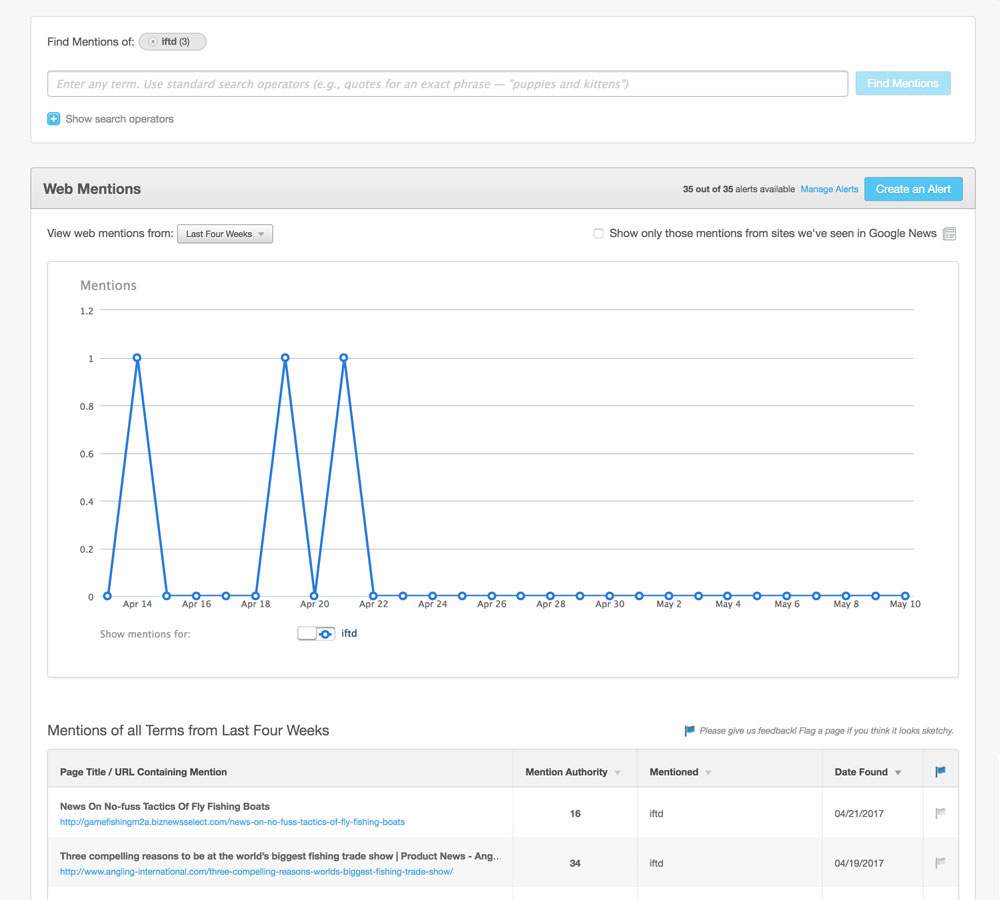
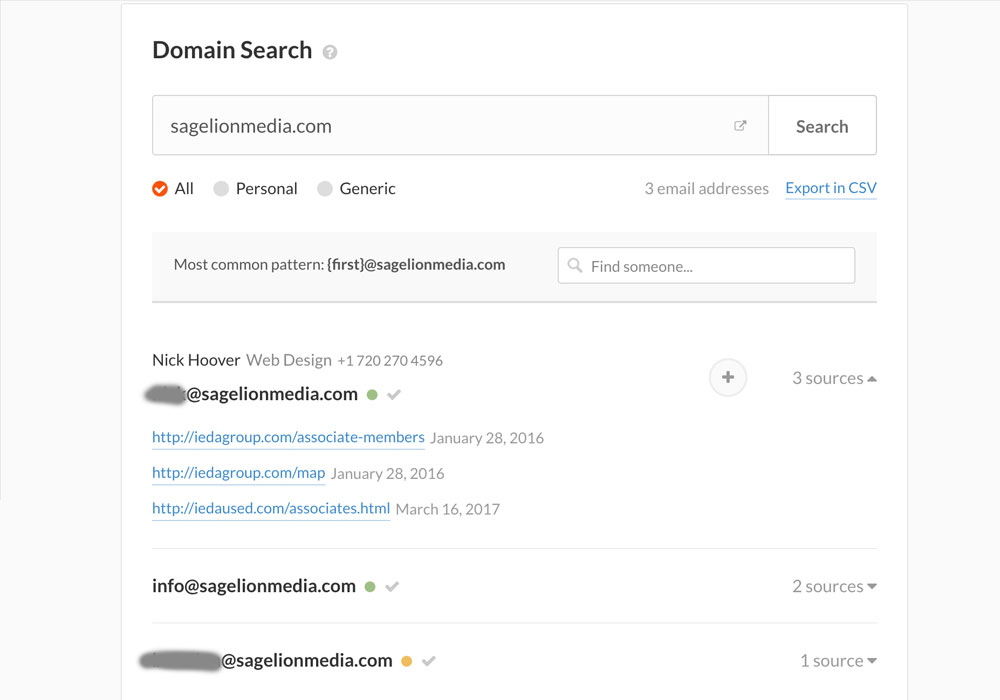
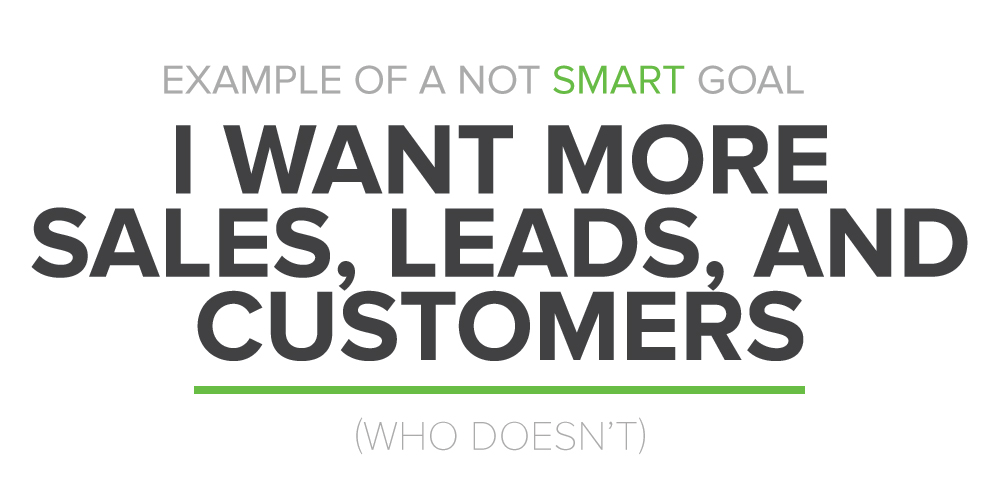
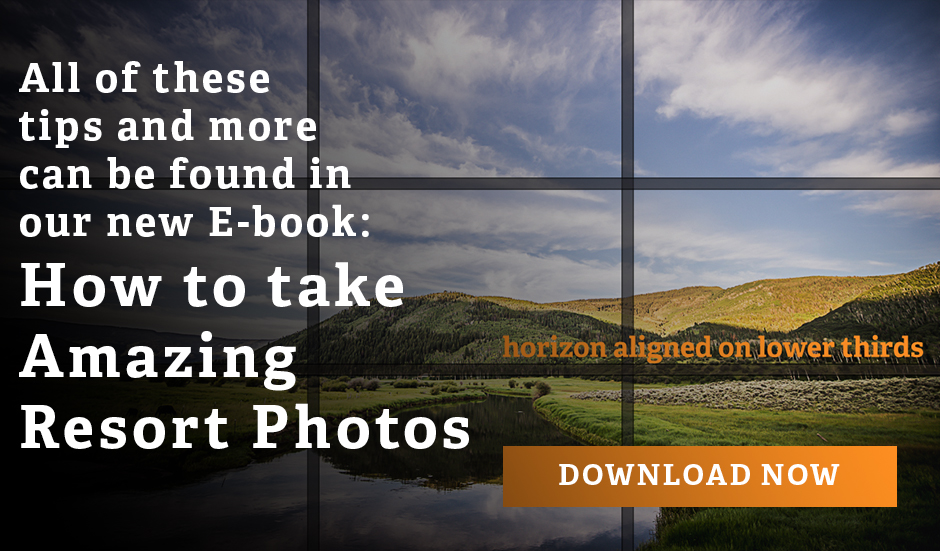
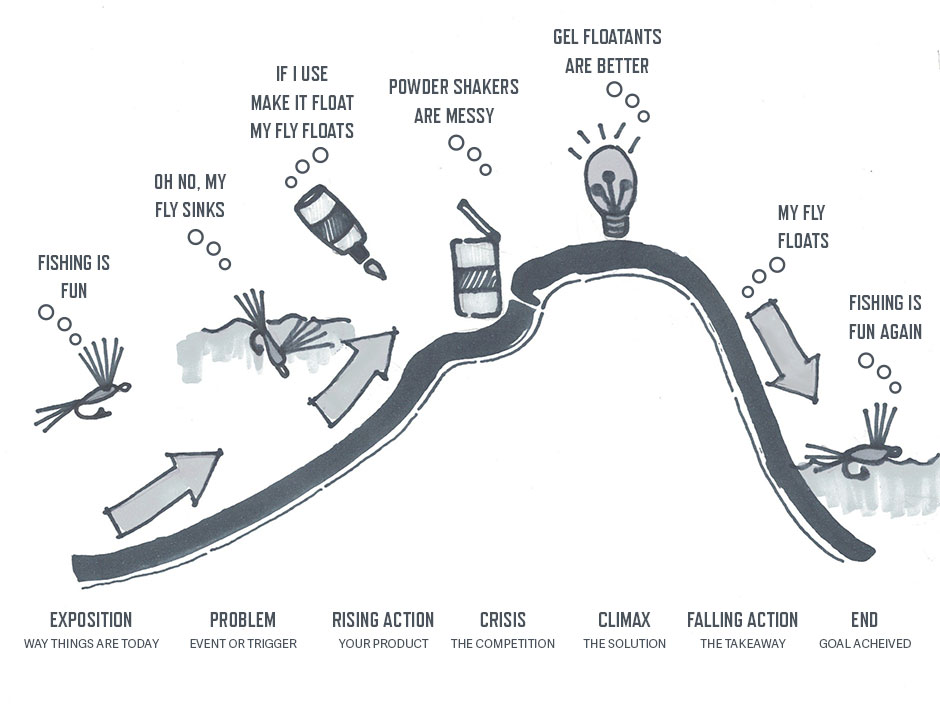
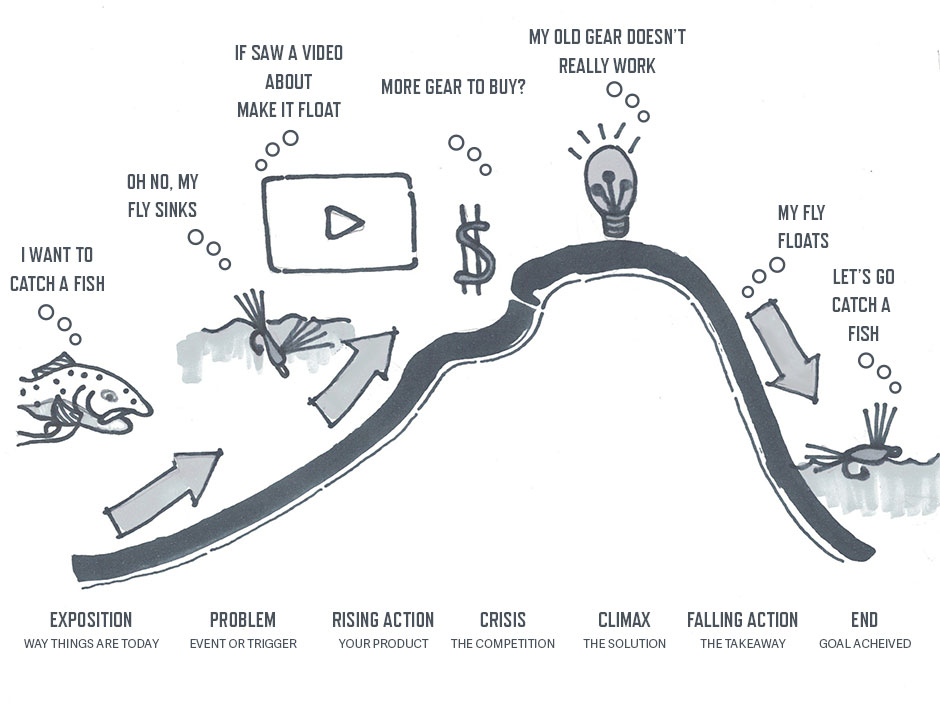
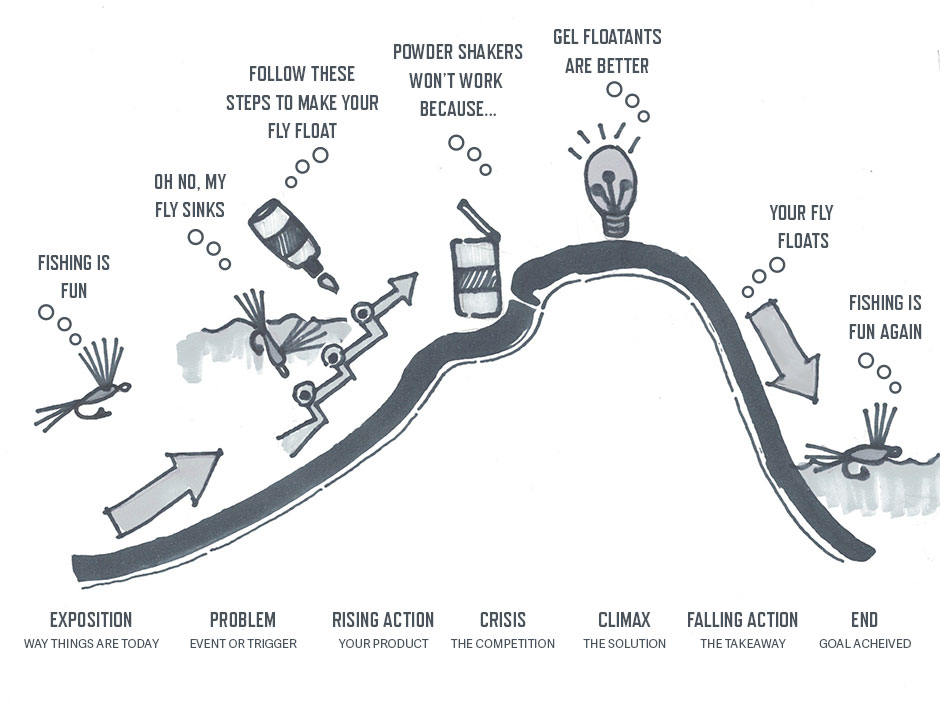

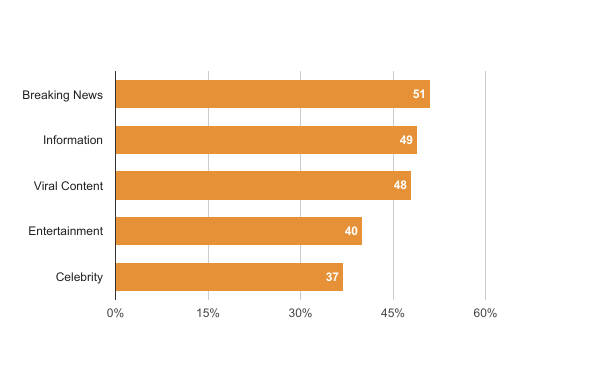

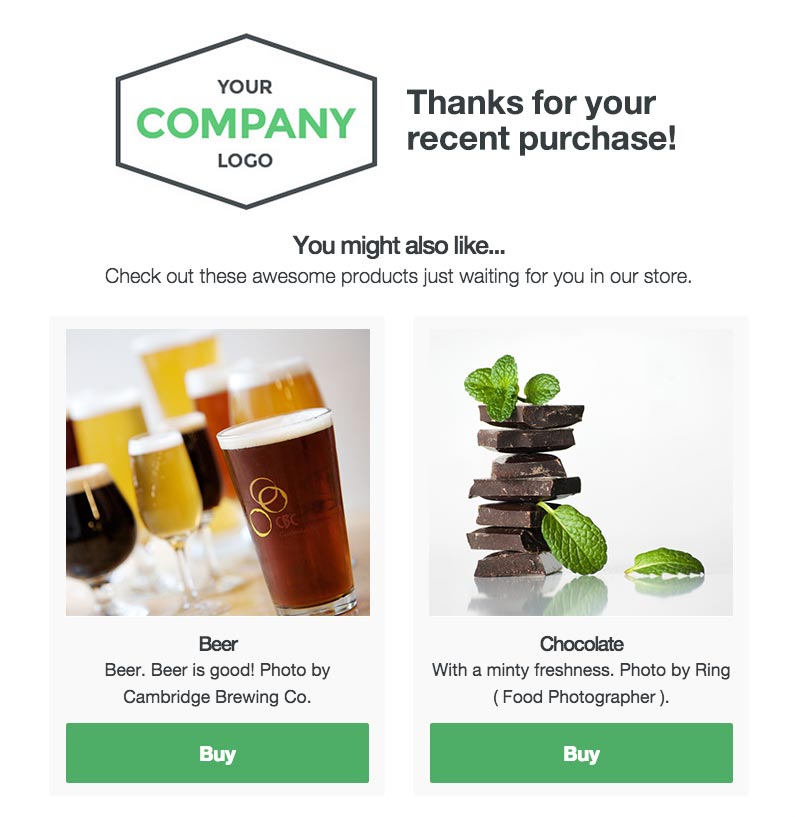
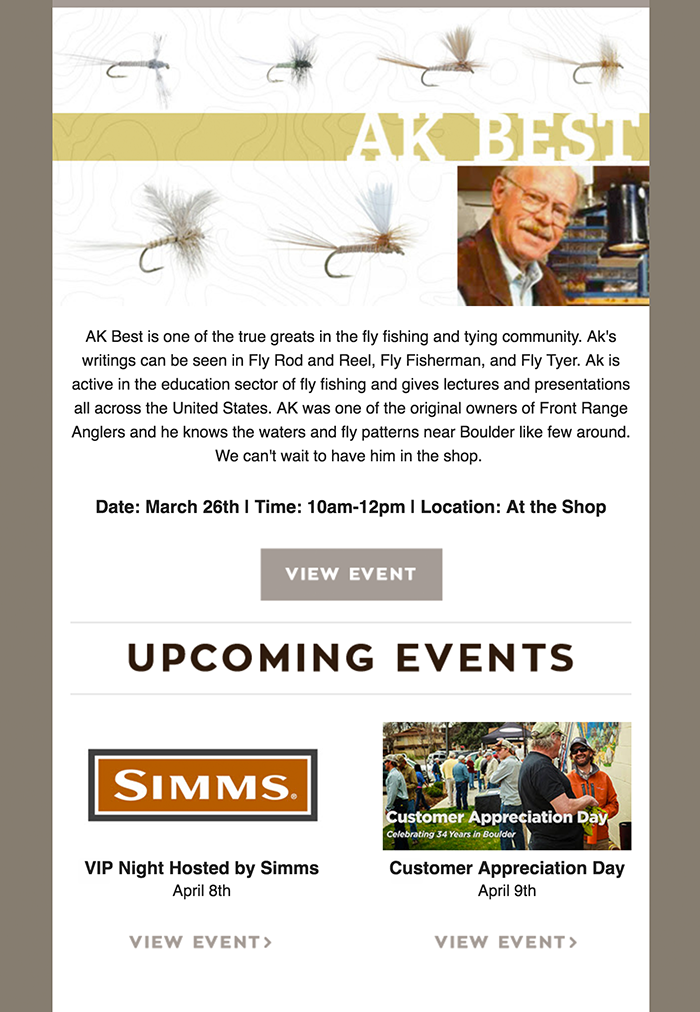
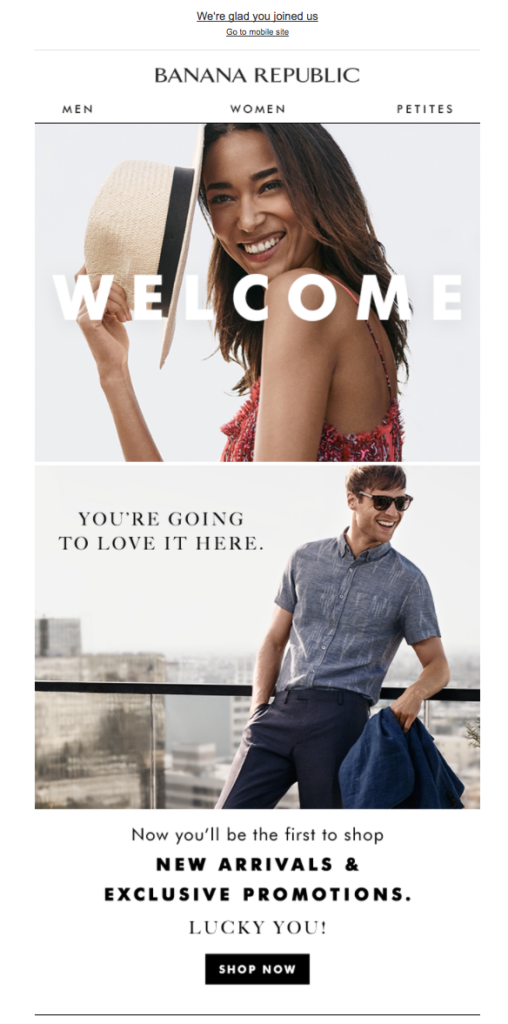
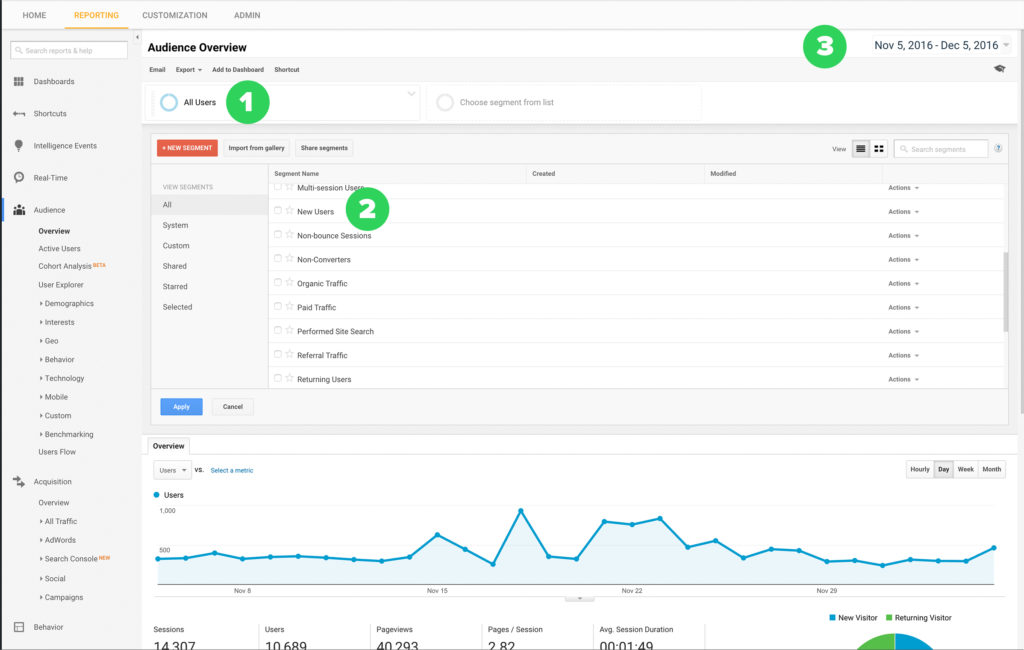
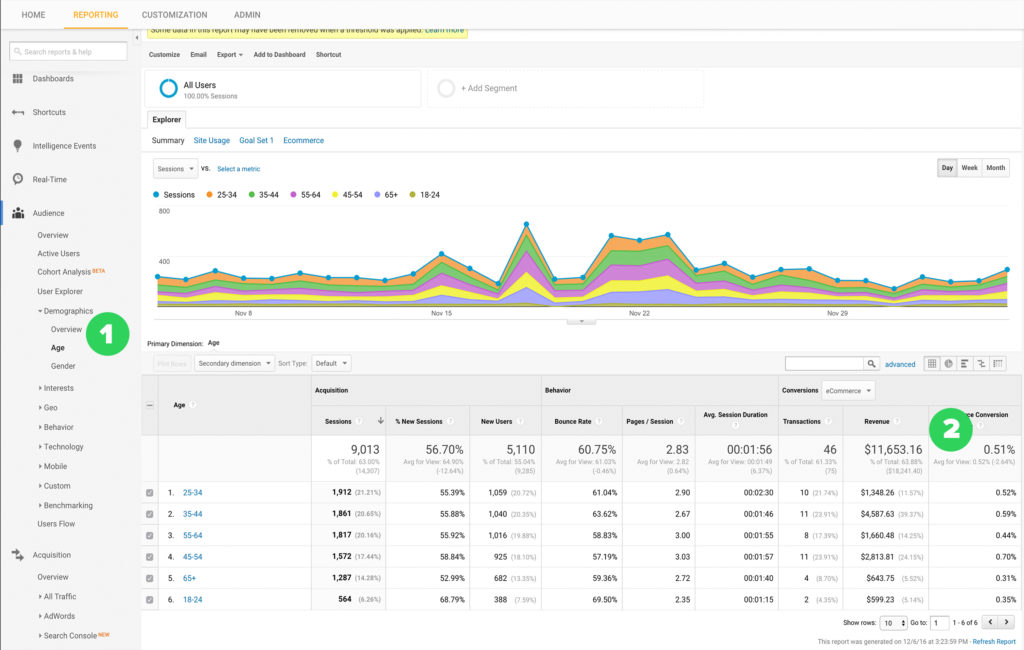
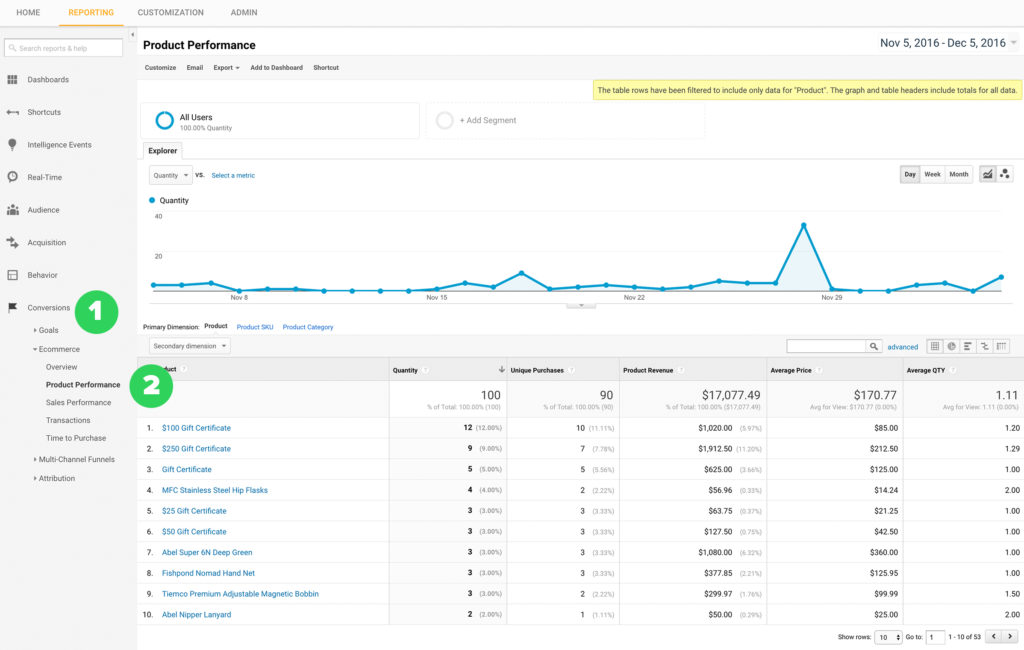
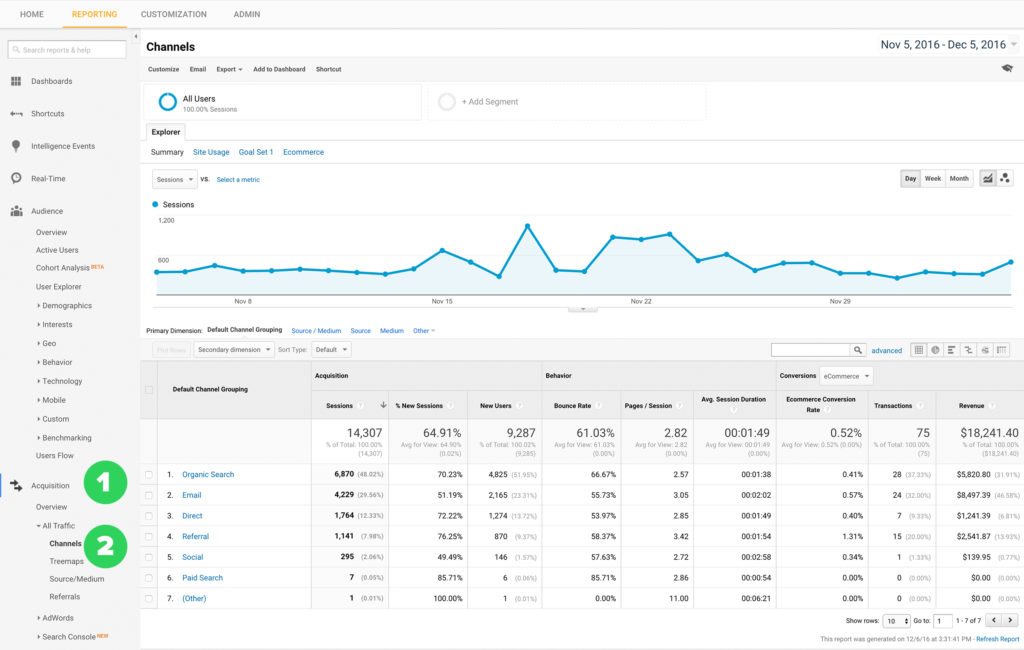
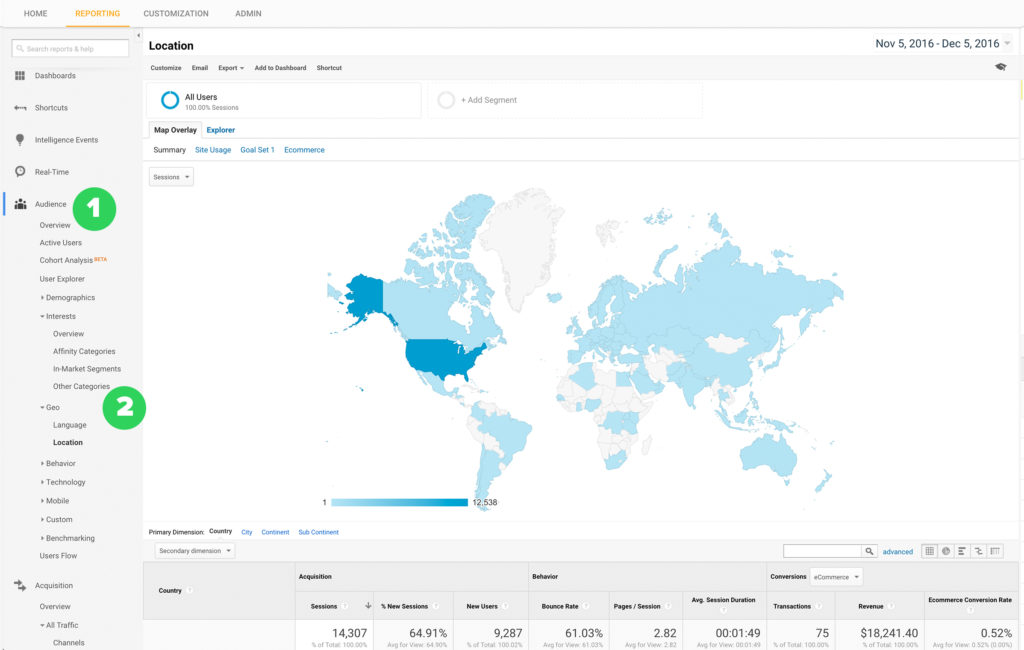

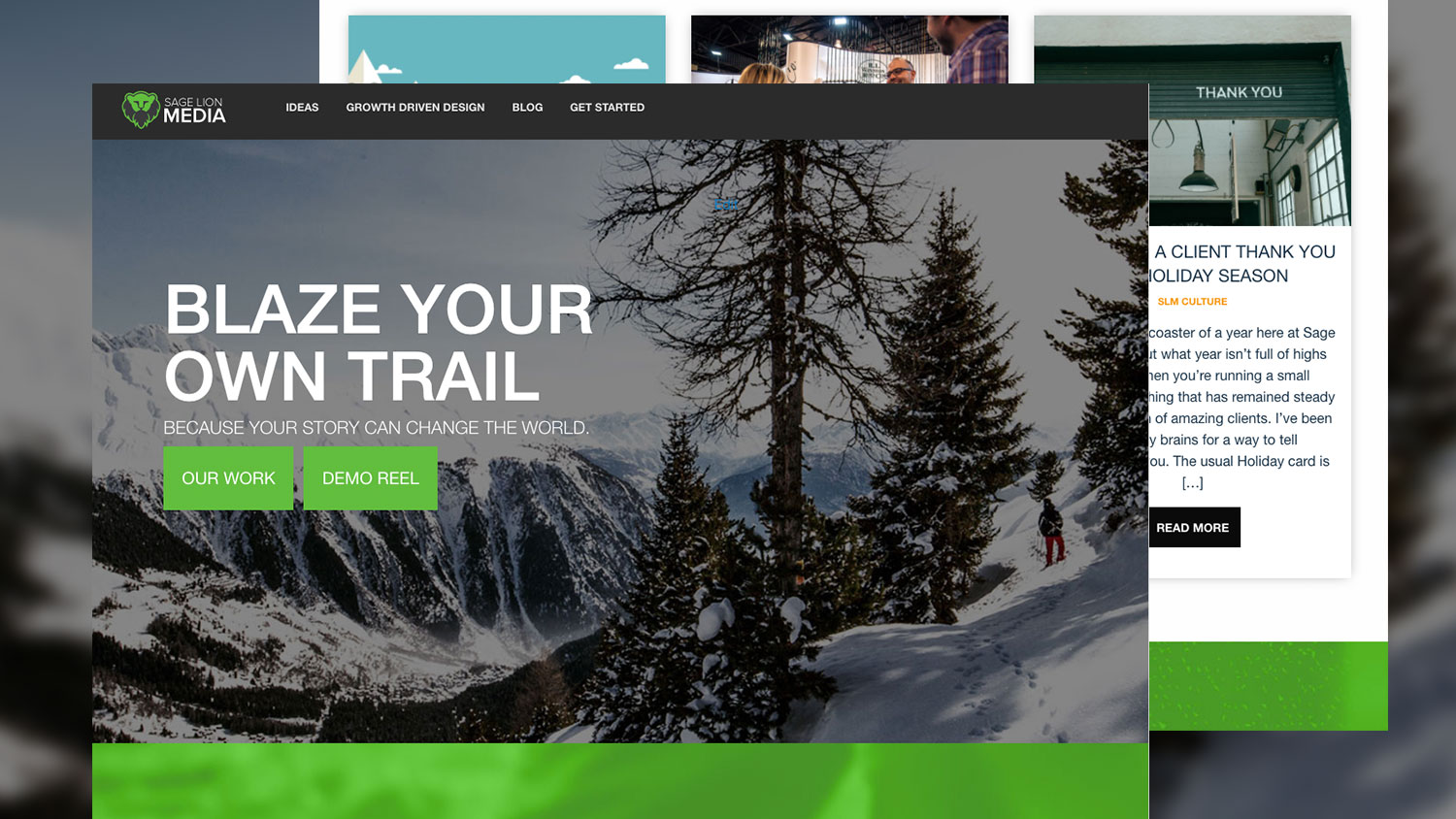
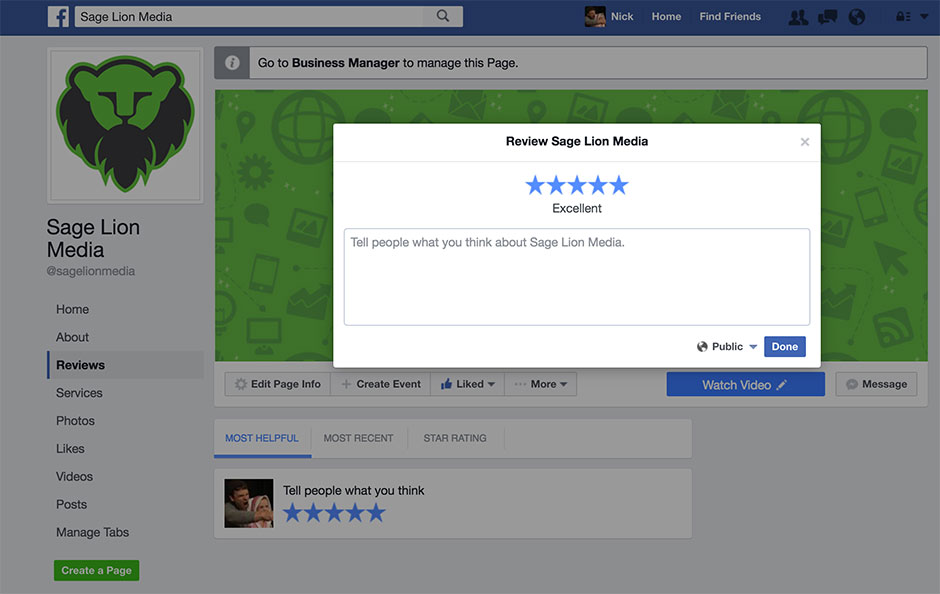
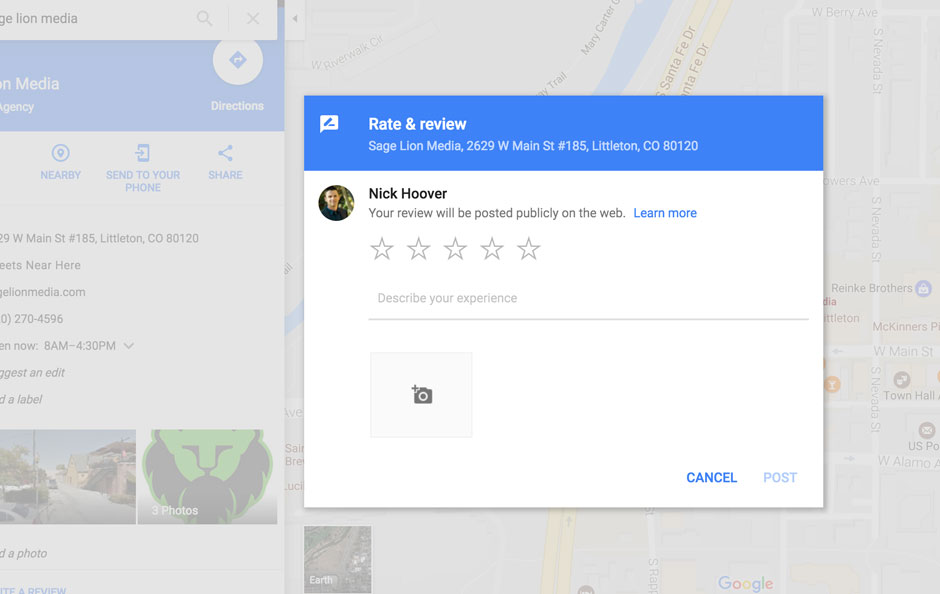
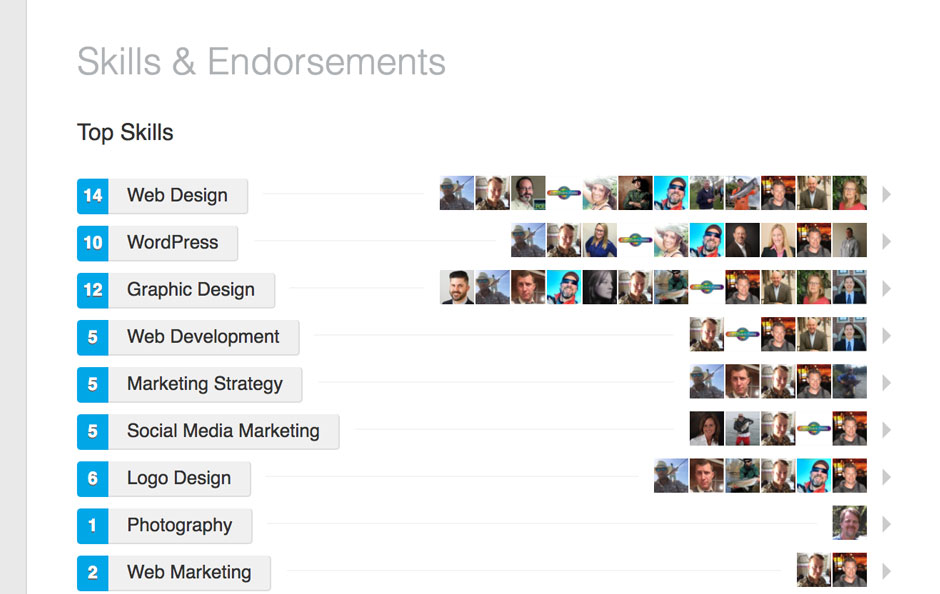
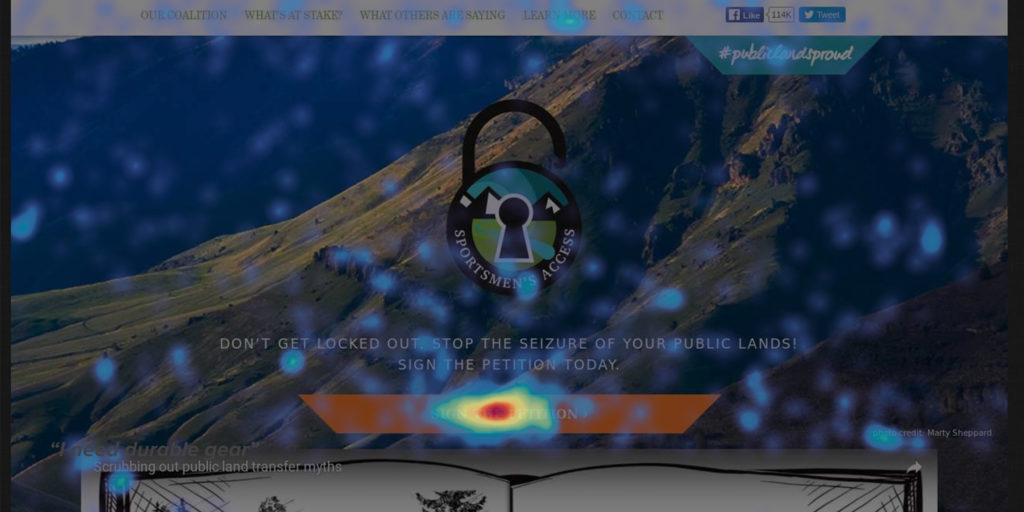
 Video continues to dominate the internet. One trend worth watching this year is
Video continues to dominate the internet. One trend worth watching this year is 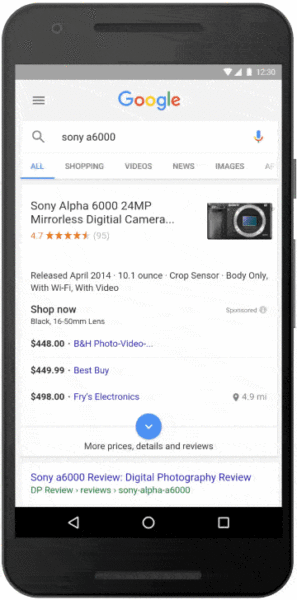
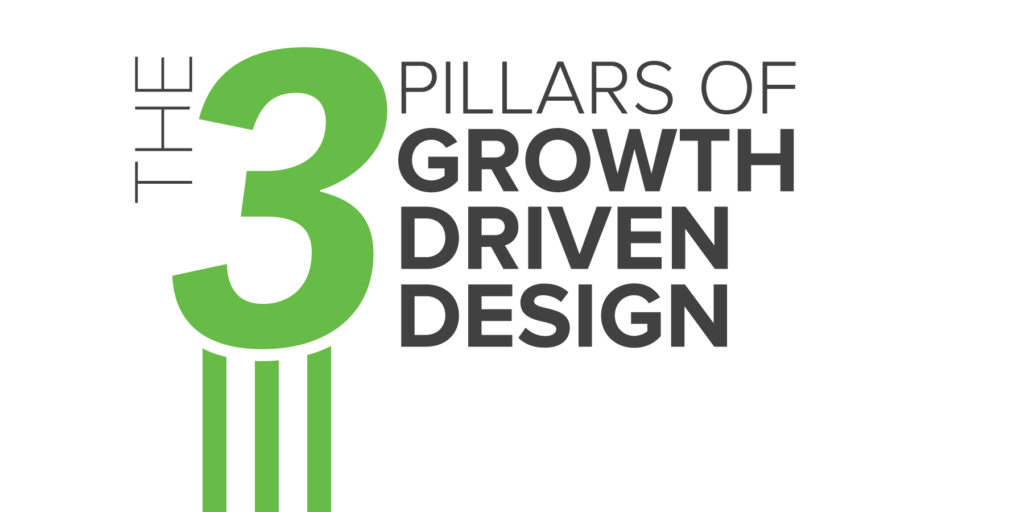
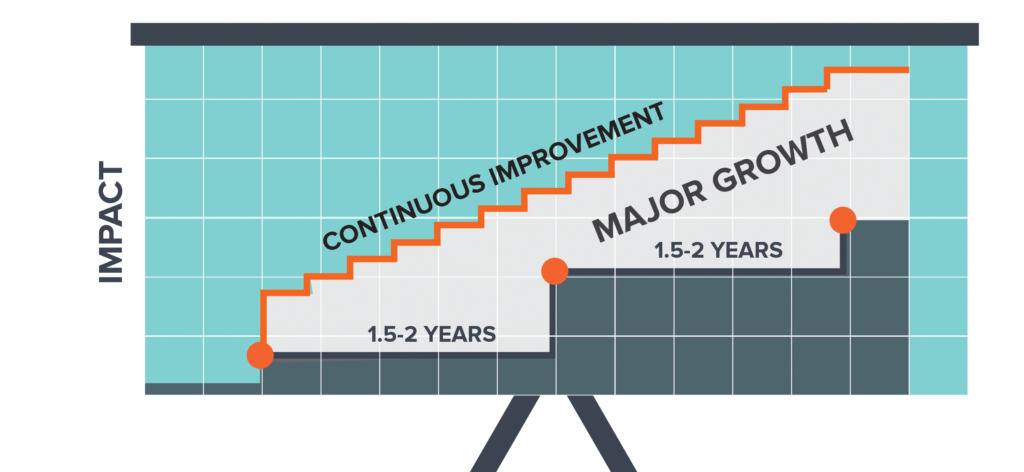
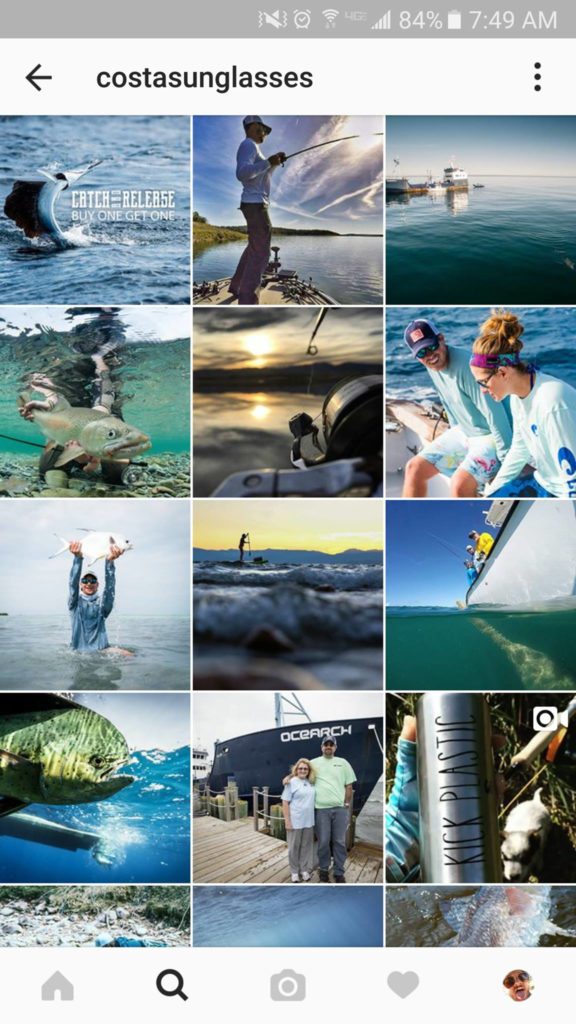 Develop a Color Scheme For Your Holiday Story.
Develop a Color Scheme For Your Holiday Story. 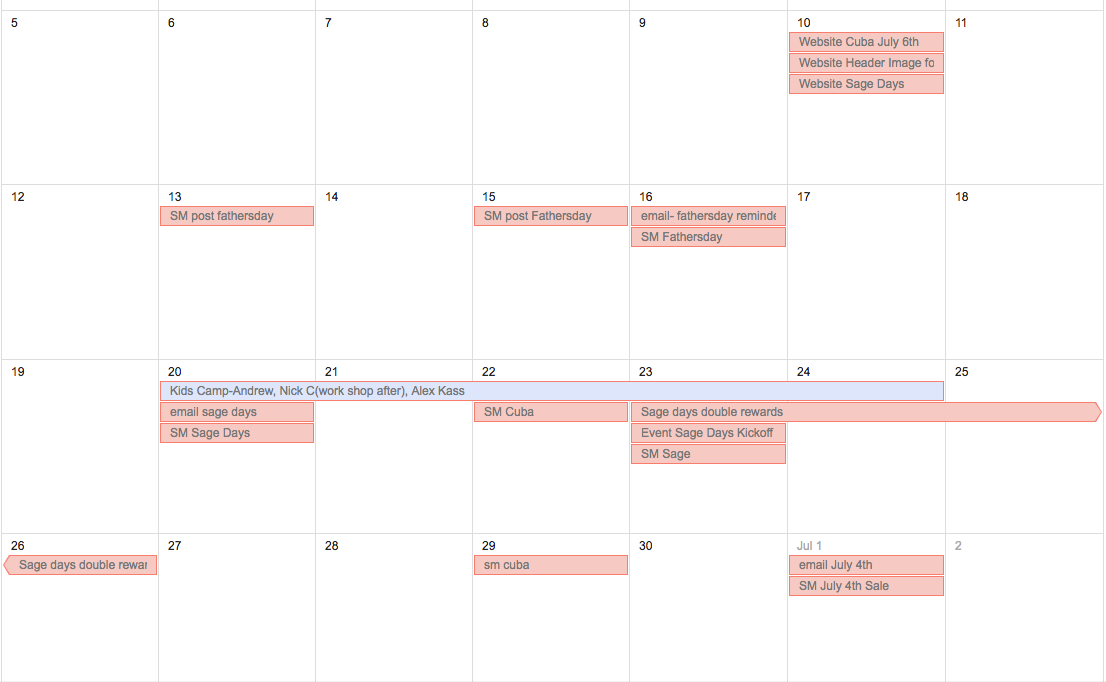
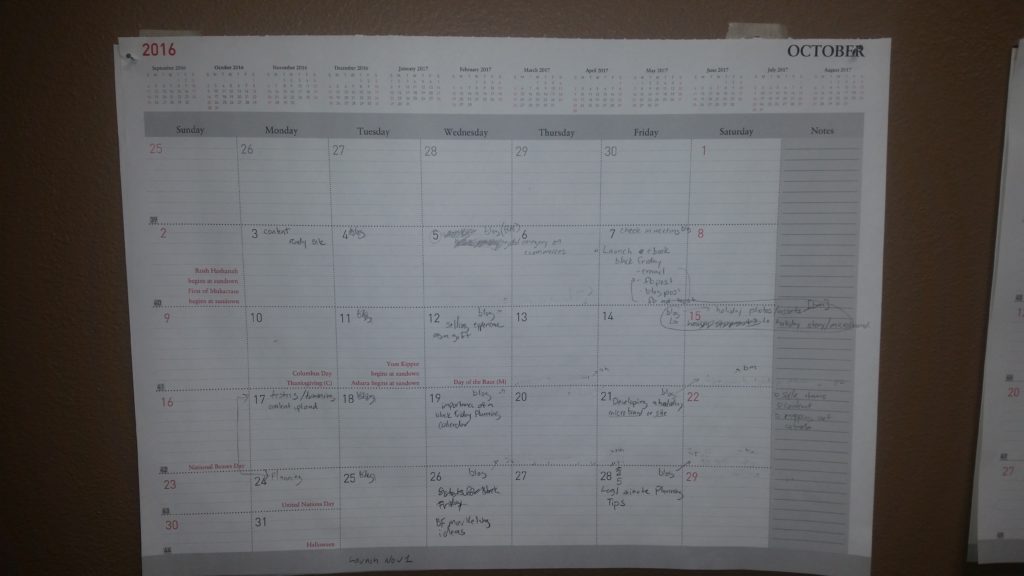
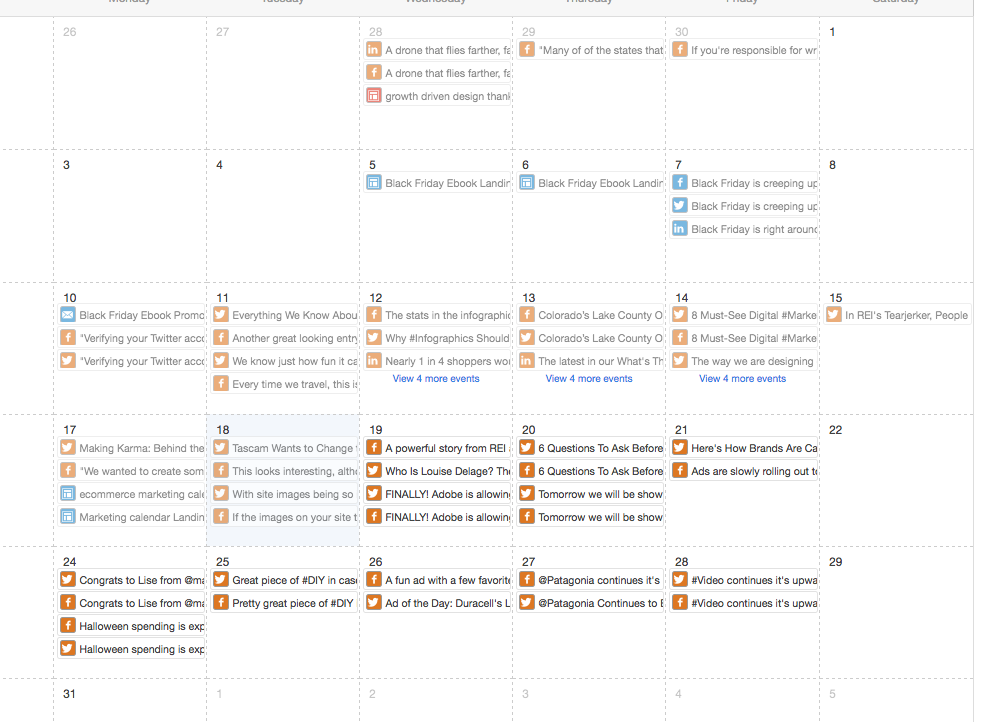

 Example of a slider with a call to action
Example of a slider with a call to action